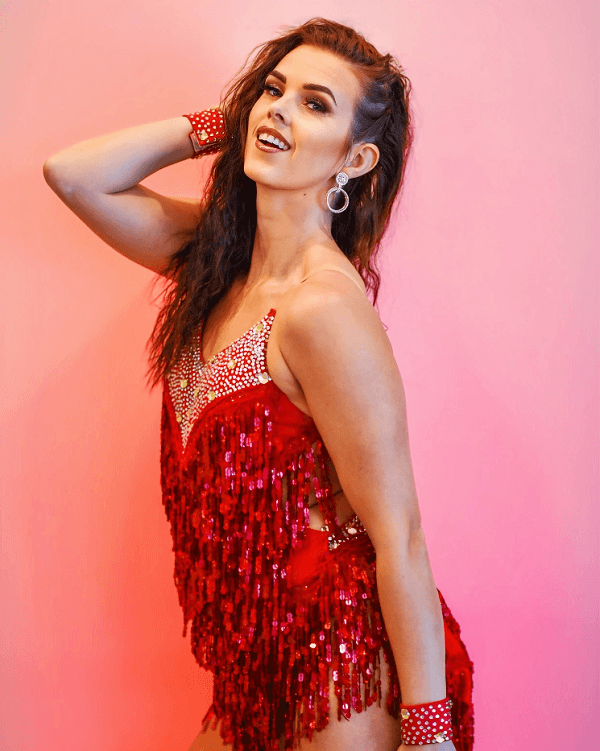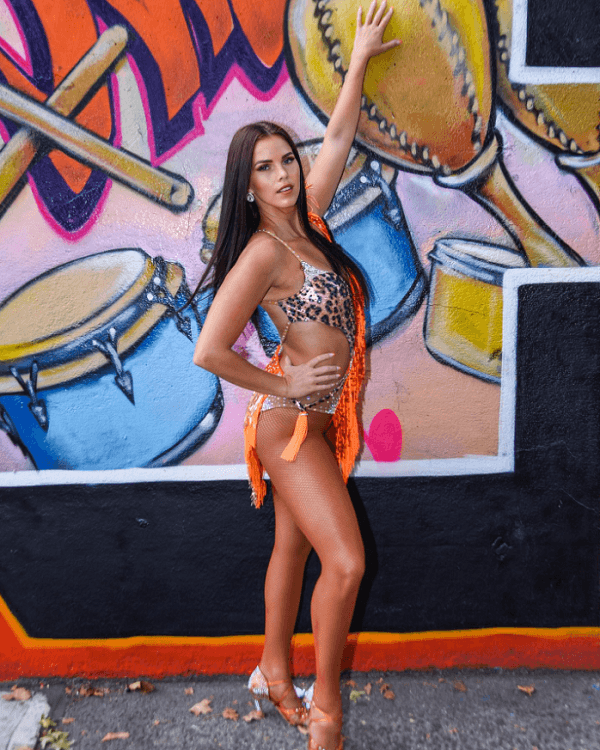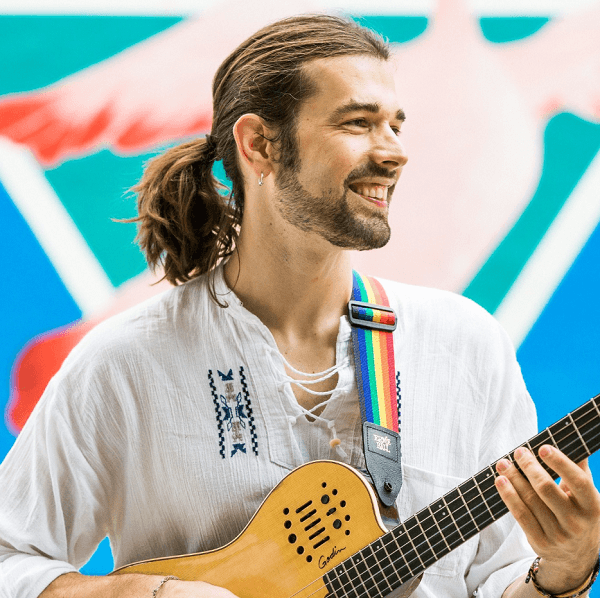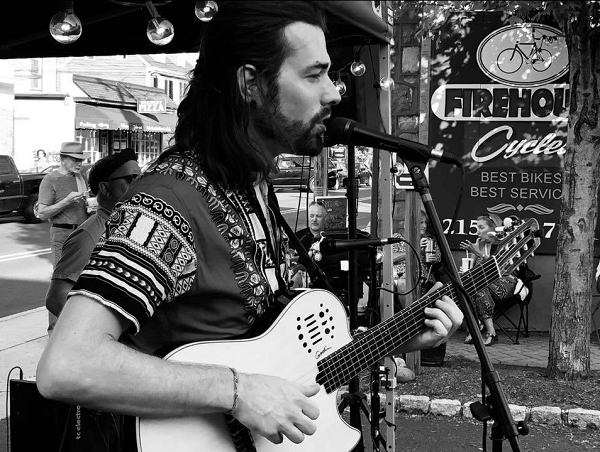The Bay Area continues to be the source of much talk in the Latin music scene and very talented singer and vocal coach Laura Bravo is the perfect example of that. The young but experienced artist gave us the honor of talking exclusively with us to learn a little more about her ambitious career and everything achieved over the years.

Laura’s early interest in music
Laura tells us that she has been interested in music all her life, as her grandparents, aunts, uncles and cousins were always dancing and listening to music at home. In fact, her grandfather had a vinyl record player in which he always played boleros and Peruvian criollos waltzes, which inspired him to bring out his guitar and teach her little 6-year-old granddaughter to play. This led Laura to take a genuine interest in music and participate in events and recitals at school where she could evolve in this area.
On reaching the age of 12, her godfather gave her the opportunity to study music and singing at the Lima Museum of Art, Peru. At that age, she offered small concerts in which she was learning what she needed to pursue a more formal career in the future, something that she would achieve a few years later.
She also participated in a singing contest called ”Codigo Fama” and in some talk shows of the famous host Monica Zeballos on gifted children on Univision.
After completing her education, Laura moved to the United States when she was 17 years old, since she had many relatives living in California and already planned to move there at some point. That is how she, her parents and sister had been getting all the important immigration paperwork done for about ten years until they met all the requirements to be able to travel. In that state, her aunts, uncles, cousins and grandparents were already waiting for her and welcomed her immediately after arriving in the country.

Current groups
Laura is currently involved in a cumbia band known as La Explosiva Sonora MX, with which she recently played at Giants Stadium in Oracle Park while supporting her local baseball team. The band also has a large presence at events and private parties where it makes attendees dance to their happy and catchy tunes.
In addition to that, she also has her own acoustic duo called Laura and Ray, a project she has with her uncle for the past two years. With him, she has taken over the Summer Nights and Orchard Days at the famous Filoli Country House.
All this without mentioning that he has also been collaborating with the orchestra VibraSÓN for some time with great musicians such as Jake Jacobs, Manny Martínez, Luis Morales, Carlos Caro and many others.
Marco Diaz Y El Tren
Collaboration between Laura and the group Marco Díaz y El Tren started thanks to a mutual friend, percussionist Julio Pérez. Marco Diaz and Laura coincided in the same orchestra and he invited her to sing with his own band in a small concert at the San Jose Flea Market, which represented a first test for her in the group and was very successful.
The singer says she has so much fun playing with the guys, which she considers a very important part of the work she is doing with them. ”The guys are all extremely professional and it is an honor for me to be able to share this experience with them. I always learn a lot from Marco Diaz, Saul Sierra and Julio Perez’‘ said Laura about Marco Diaz and El Tren.
Although Diaz, Sierra and Perez have been playing together for many years and Laura was the last to arrive, they have all been able to mesh with each other without any problems and hope to stay together for many years to come.

The NAAM Show
Laura discovers her participation at The NAAM Show as a wonderful experience. At the time, she was collaborating with a local cumbia band called Sonora San Jose, which was invited to attend the event in the 2022 edition.
She says it was not easy to get to the event venue and she and her colleagues stayed in an Airbnb during those days. She remembers with a laugh how she would wake up the other guests with her vocal warm-ups very early in the morning to be ready for the show.
Sonora San Jose was the first group to perform at 11 a.m. and its members shared with many other very professional musicians from whom they learned a lot.
Genres Laura has worked with
Laura is well known for working with salsa, merengue, cumbia, rock, pop and many other Latin genres. The reasons why she has been so concerned with covering many genres is that she likes to nurture from the energy of all kinds of people and reach as many audiences as possible.
”I’ve been a person who has said yes to many things. Whenever the opportunity to learn a new genre presents itself, I take it without thinking” says Laura about her musical styles.
Laura Bravo is an artist who is always open to try new things and does not limit herself to what she already knows, which has been a big part of the key to her success. It is a pleasure to have talked to her and we invite you to listen to what she has to offer in all her projects.














